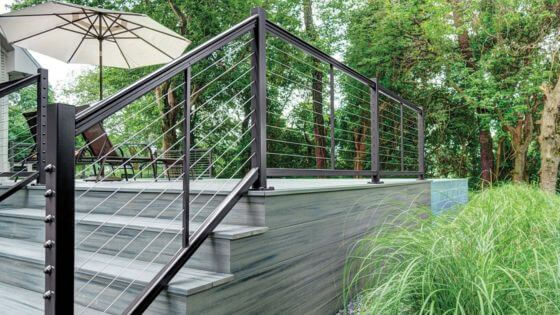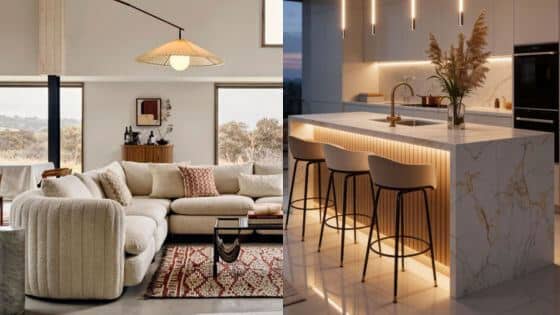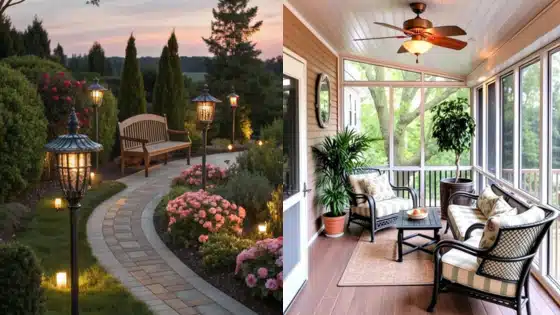Innovation is about more than aesthetics in architecture and home design. It’s a driving force that moves us toward more sustainable and technologically advanced living spaces. As society progresses, our homes must as well, not just by embracing what’s new but by creating more thoughtful, efficient, and livable spaces that enhance our everyday lives. This guide will highlight some of the most innovative design trends in modern homes, ensuring you stay ahead in home design.
Modern Minimalism
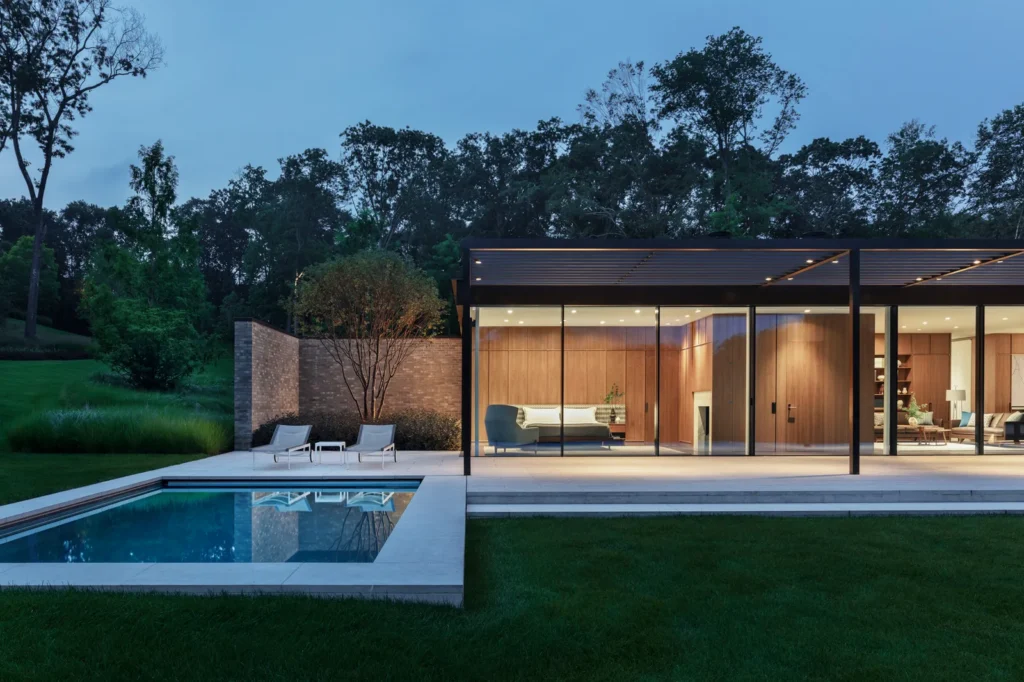
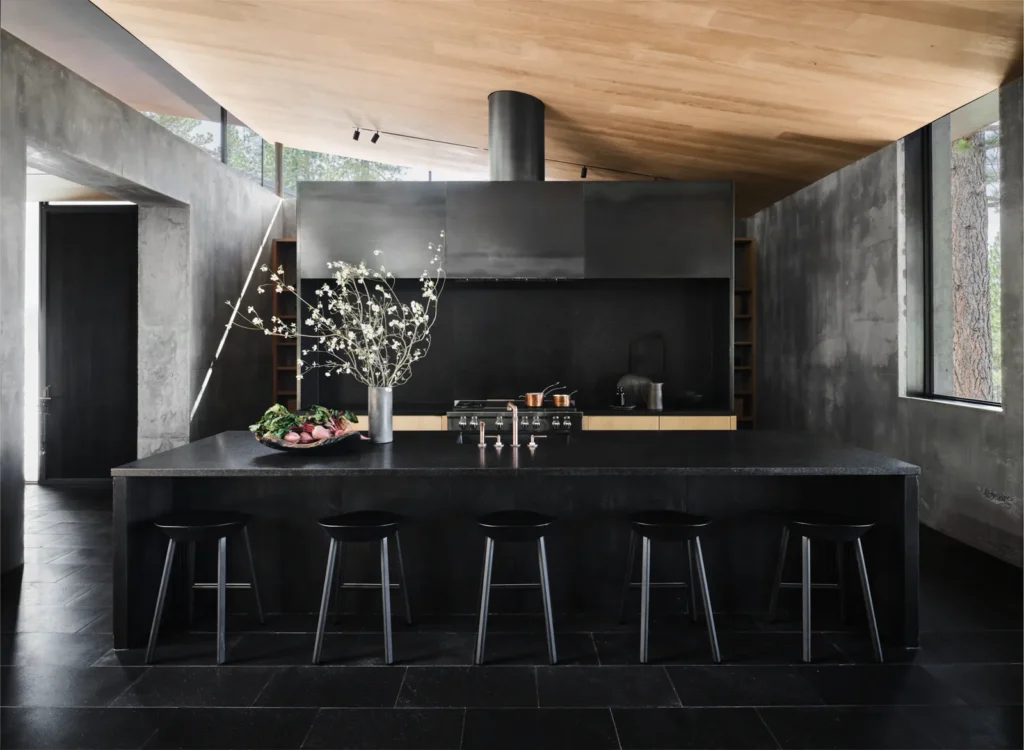
Minimalism in a modern home embraces simple, sleek designs without clutter or the need for material goods. Minimalism reflects recent societal trends in decluttering and tossing material items that no longer make us happy. Modern or minimalistic homes prioritize touch screens, smooth surfaces, clean lines, and neutral color palettes. The look is also quite simplisticly futuristic, reflecting how our technology has changed.
Biophilic Buildings
Indoor plants aren’t new in concept, but biophilic home designs are getting more creative. A biophilic design combines the home’s indoors and outdoors in the most innovative ways. Think of walls entirely of plant life, an aquarium ceiling, or a tree trunk running through the roof and floor. Biophilic architecture doesn’t have to be flashy; large windows to bring natural lights and views in can do the trick. Technology has limited our exposure to the real world and the environment; biophilic home designs aim to reduce such consequences.
Modular Construction
Many homeowners have begun to concern themselves with where and how home labor is conducted. Modular homes are primarily constructed in a climate-controlled warehouse with only the finishing touches added on-site. Warehouse construction allows a safer and more accessible environment for contractors and home materials. Additionally, modular constructions can be entirely custom while abiding by all local building laws, permits, and restrictions. When a house is built entirely on-site, elemental exposure makes the process slower and more complicated.
Custom-Built Features
Modern homeowners are rejecting cookie-cutter, one-size-fits-all floorplans and embracing custom features, such as a custom chef’s kitchen or commissioned handmade wood features. Many homeowners desire to emulate older, popular architectural styles inspired by the location they live in, such as charming Georgian features in Philadelphia’s new-build Main Line homes or Victorian styles in Cincinnati, without the problems older homes come with. The limit is only what you can imagine!
Sustainable Architecture
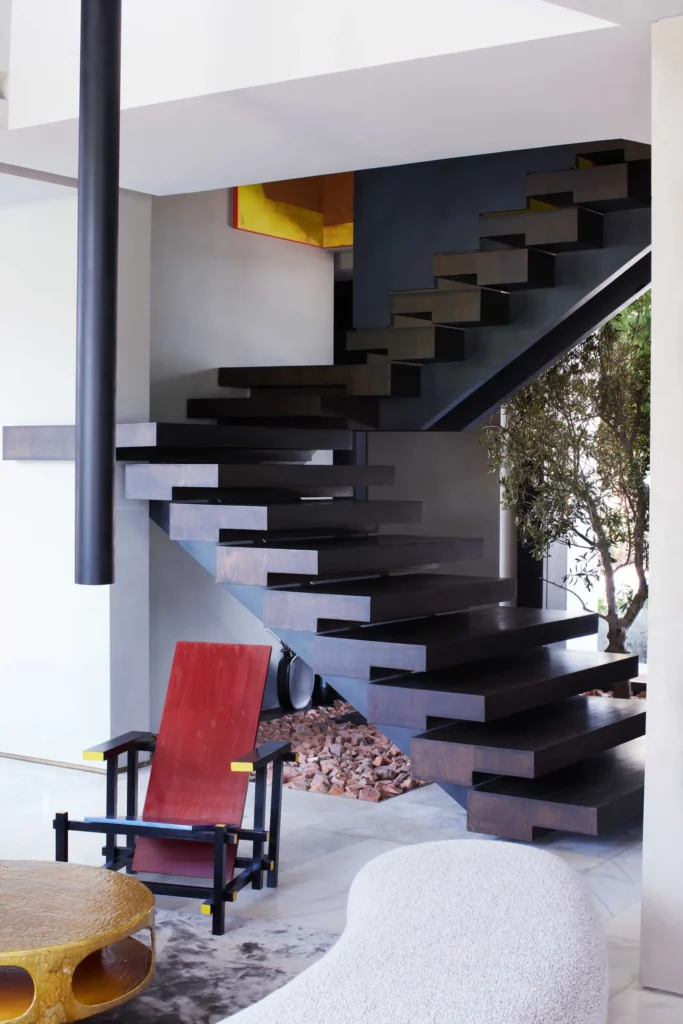

Sustainable architecture is officially here, from solar panel roofing to repurposed shipping container homes. Older homes use a lot of energy, water, and resources. New construction homes are rethinking energy usage, storage, and recycling. More homes rely on renewable energy technology, such as solar panels or wind turbines built directly onto a roof—in some homes, solar panels are the home’s roof. Water recycling and rainwater collection help reduce or eliminate a home’s water waste. Green or biophilic sidings or roofs can create an environmental sanctuary with a home’s construction instead of removing one. Today’s window, door, and roof designs aim to cool the home by blocking heat while providing natural lighting, privacy, and shelter.
Additionally, more homeowners are considering the impact of construction materials beyond durability and price. Many modern homes include repurposed or recycled natural materials to reduce new resource demand and improve environmental impact.
Smart Home Technology
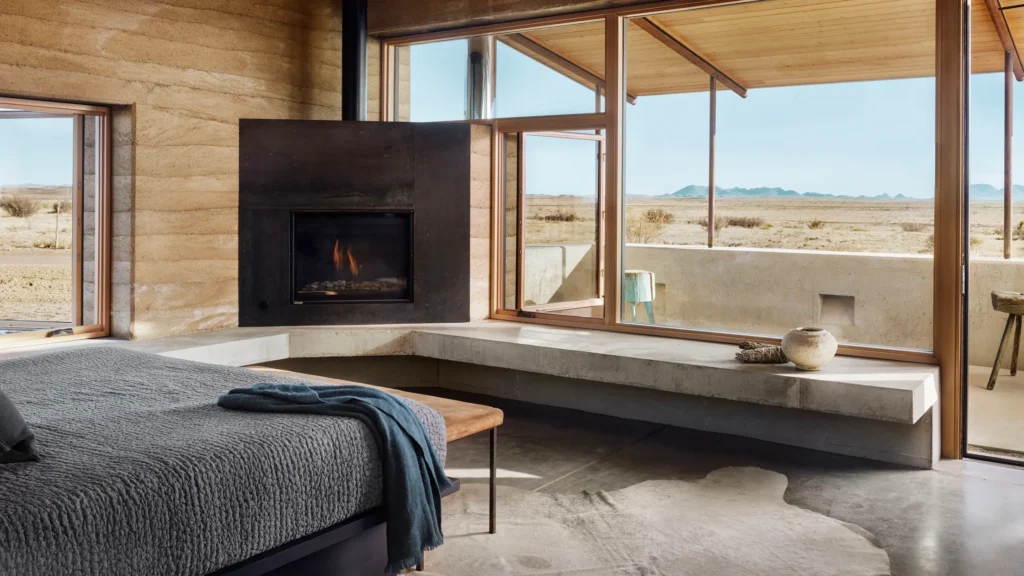
What is a modern home without the use of technology? Smart home features can control practically any feature in a house. Modern homeowners can control lighting, security, windows, media, appliances, and even the temperature with a simple app or button! Smart technology doesn’t just provide easier access to these features; we can also customize how features are used in our homes, such as the brightness level and color of the lighting. We can schedule temperatures to reduce strain on the air conditioning systems. Dimmer lighting can reduce energy waste. Even outlets can be outfitted with smart technology to turn off and on at a moment’s notice from anywhere, allowing us to reduce energy vampire electronics when we’re not using them.
Flexible Floor Space
In modern society, more people seek out remote or hybrid work or school, which requires maximum space flexibility. Contemporary homes aren’t solely bedrooms, living rooms, and kitchens anymore; they’re entertaining spaces, outdoor oases, offices, classrooms, fitness centers, and much more—spaces that modern home building companies are creating to suit today’s lifestyles. A modern home must be designed with space flexibility in mind. The ability to open up or close off a room is a bonus.
Conclusion
Architecture and home design favor innovation and function over all else. Society is embracing sustainability and technology, and new home designs reflect these two elements’ union through minimalism, smart technology, biophilic architecture, space flexibility, sustainable construction, and more. As technology and sustainability methods advance, construction techniques and designs must also.
- 1share
- Facebook0
- Pinterest1
- Twitter0
- Reddit0

